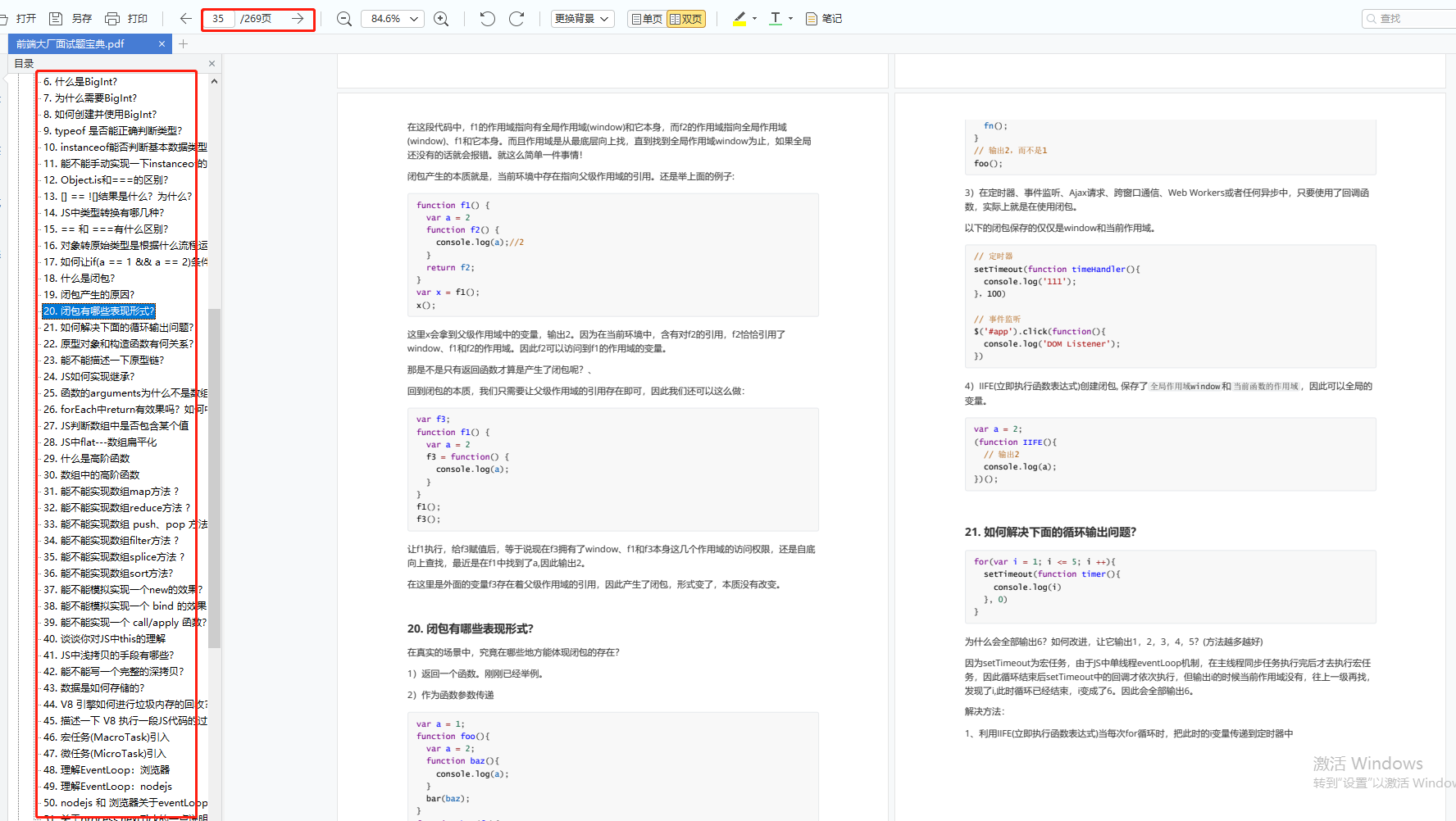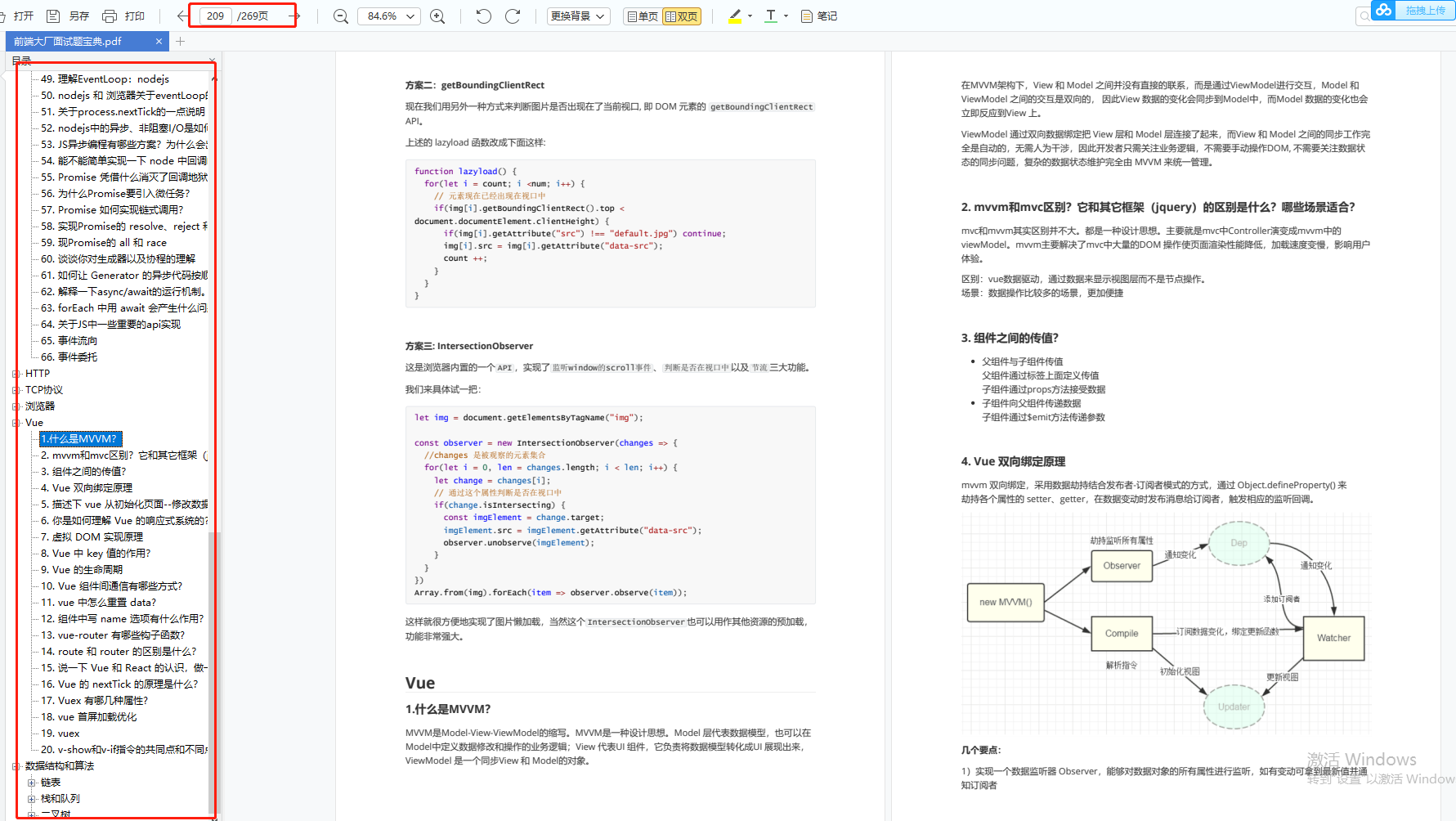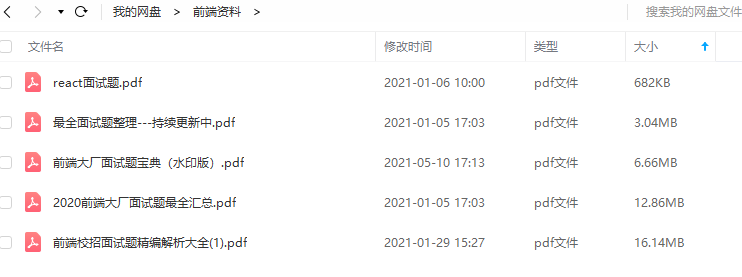import javax.ws.rs.core.MediaType;
import com.hoo.entity.MapBean;
import com.hoo.entity.User;
import com.hoo.entity.Users;
/*
注释(Annotation):在 javax.ws.rs.* 中定义,是 JAX-RS (JSR 311) 规范的一部分。
@Path:定义资源基 URI。由上下文根和主机名组成,资源标识符类似于 http://localhost:8080/RESTful/rest/hello。
@GET:这意味着以下方法可以响应 HTTP GET 方法。
@Produces:以纯文本方式定义响应内容 MIME 类型。
@Context: 使用该注释注入上下文对象,比如 Request、Response、UriInfo、ServletContext 等。
@Path(“{contact}”):这是 @Path 注释,与根路径 “/contacts” 结合形成子资源的 URI。
@PathParam(“contact”):该注释将参数注入方法参数的路径,在本例中就是联系人 id。其他可用的注释有 @FormParam、@QueryParam 等。
@Produces:响应支持多个 MIME 类型。在本例和上一个示例中,APPLICATION/XML 将是默认的 MIME 类型。
*/
/**
* function: CXF RESTful风格WebService
* @author hoojo
* @createDate 2012-7-20 下午01:23:04
* @file RESTSampleSource.java
* @package com.hoo.service
* @project CXFWebService
* @blog http://blog.csdn.net/IBM_hoojo
* @email hoojo_@126.com
* @version 1.0
*/
@Path(value = “/sample”)
public interface RESTSample {
@GET
@Produces(MediaType.TEXT_PLAIN)
public String doGet();
@GET
@Produces(MediaType.TEXT_PLAIN)
@Path(“/request/{param}”)
public String doRequest(@PathParam(“param”) String param,
@Context HttpServletRequest servletRequest, @Context HttpServletResponse servletResponse);
@GET
@Path(“/bean/{id}”)
@Produces({ MediaType.APPLICATION_XML, MediaType.APPLICATION_JSON })
public User getBean(@PathParam(“id”) int id);
@GET
@Path(“/list”)
@Produces({ MediaType.APPLICATION_JSON, MediaType.APPLICATION_XML })
public Users getList();
@GET
@Path(“/map”)
@Produces({ MediaType.APPLICATION_XML, MediaType.APPLICATION_JSON })
public MapBean getMap();
/*
@Consumes:声明该方法使用 HTML FORM。
@FormParam:注入该方法的 HTML 属性确定的表单输入。
@Response.created(uri).build(): 构建新的 URI 用于新创建的联系人(/contacts/{id})并设置响应代码(201/created)。
您可以使用 http://localhost:8080/Jersey/rest/contacts/ 访问新联系人
*/
@POST
@Path(“/postData”)
public User postData(User user) throws IOException;
@PUT
@Path(“/putData/{id}”)
@Consumes(MediaType.APPLICATION_XML)
public User putData(@PathParam(“id”) int id, User user);
@DELETE
@Path(“/removeData/{id}”)
public void deleteData(@PathParam(“id”) int id);
}
二、RESTSample接口的实现,这里我们只是简单的实现下,并不是涉及实际的具体业务
package com.hoo.service;
import java.io.IOException;
import java.util.ArrayList;
import java.util.HashMap;
import java.util.List;
import java.util.Map;
import javax.servlet.http.HttpServletRequest;
import javax.servlet.http.HttpServletResponse;
import javax.ws.rs.DELETE;
import javax.ws.rs.GET;
import javax.ws.rs.POST;
import javax.ws.rs.PUT;
import javax.ws.rs.Path;
import javax.ws.rs.PathParam;
import javax.ws.rs.Produces;
import javax.ws.rs.core.Context;
import javax.ws.rs.core.MediaType;
import javax.ws.rs.core.Request;
import javax.ws.rs.core.UriInfo;
import com.hoo.entity.MapBean;
import com.hoo.entity.User;
import com.hoo.entity.Users;
/*
注释(Annotation):在 javax.ws.rs.* 中定义,是 JAX-RS (JSR 311) 规范的一部分。
@Path:定义资源基 URI。由上下文根和主机名组成,资源标识符类似于 http://localhost:8080/RESTful/rest/hello。
@GET:这意味着以下方法可以响应 HTTP GET 方法。
@Produces:以纯文本方式定义响应内容 MIME 类型。
@Context: 使用该注释注入上下文对象,比如 Request、Response、UriInfo、ServletContext 等。
@Path(“{contact}”):这是 @Path 注释,与根路径 “/contacts” 结合形成子资源的 URI。
@PathParam(“contact”):该注释将参数注入方法参数的路径,在本例中就是联系人 id。其他可用的注释有 @FormParam、@QueryParam 等。
@Produces:响应支持多个 MIME 类型。在本例和上一个示例中,APPLICATION/XML 将是默认的 MIME 类型。
*/
/**
* function: CXF RESTful风格WebService
* @author hoojo
* @createDate 2012-7-20 下午01:23:04
* @file RESTSampleSource.java
* @package com.hoo.service
* @project CXFWebService
* @blog http://blog.csdn.net/IBM_hoojo
* @email hoojo_@126.com
* @version 1.0
*/
@Path(value = “/sample”)
public class RESTSampleSource implements RESTSample {
@Context
private UriInfo uriInfo;
@Context
private Request request;
@GET
@Produces(MediaType.TEXT_PLAIN)
public String doGet() {
return “this is get rest request”;
}
@GET
@Produces(MediaType.TEXT_PLAIN)
@Path(“/request/{param}”)
public String doRequest(@PathParam(“param”) String param,
@Context HttpServletRequest servletRequest, @Context HttpServletResponse servletResponse) {
System.out.println(servletRequest);
System.out.println(servletResponse);
System.out.println(servletRequest.getParameter(“param”));
System.out.println(servletRequest.getContentType());
System.out.println(servletResponse.getCharacterEncoding());
System.out.println(servletResponse.getContentType());
return “success”;
}
@GET
@Path(“/bean/{id}”)
@Produces({ MediaType.APPLICATION_XML, MediaType.APPLICATION_JSON })
public User getBean(@PathParam(“id”) int id) {
System.out.println(“####getBean#####”);
System.out.println(“id:” + id);
System.out.println(“Method:” + request.getMethod());
System.out.println(“uri:” + uriInfo.getPath());
System.out.println(uriInfo.getPathParameters());
User user = new User();
user.setId(id);
user.setName(“JojO”);
return user;
}
@GET
@Path(“/list”)
@Produces({ MediaType.APPLICATION_JSON, MediaType.APPLICATION_XML })
public Users getList() {
System.out.println(“####getList#####”);
System.out.println(“Method:” + request.getMethod());
System.out.println(“uri:” + uriInfo.getPath());
System.out.println(uriInfo.getPathParameters());
List list = new ArrayList();
User user = null;
for (int i = 0; i < 4;i ++) {
user = new User();
user.setId(i);
user.setName(“JojO-” + i);
list.add(user);
}
Users users = new Users();
users.setUsers(list);
return users;
}
@GET
@Path(“/map”)
@Produces({ MediaType.APPLICATION_XML, MediaType.APPLICATION_JSON })
public MapBean getMap() {
System.out.println(“####getMap#####”);
System.out.println(“Method:” + request.getMethod());
System.out.println(“uri:” + uriInfo.getPath());
System.out.println(uriInfo.getPathParameters());
Map<String, User> map = new HashMap<String, User>();
User user = null;
for (int i = 0; i < 4;i ++) {
user = new User();
user.setId(i);
user.setName(“JojO-” + i);
map.put(“key-” + i, user);
}
MapBean bean = new MapBean();
bean.setMap(map);
return bean;
}
/*
@Consumes:声明该方法使用 HTML FORM。
@FormParam:注入该方法的 HTML 属性确定的表单输入。
@Response.created(uri).build(): 构建新的 URI 用于新创建的联系人(/contacts/{id})并设置响应代码(201/created)。
您可以使用 http://localhost:8080/Jersey/rest/contacts/ 访问新联系人
*/
@POST
@Path(“/postData”)
@Produces({ MediaType.APPLICATION_XML, MediaType.APPLICATION_JSON })
public User postData(User user) throws IOException {
System.out.println(user);
user.setName(“jojo##12321321”);
return user;
}
@PUT
@Path(“/putData/{id}”)
@Produces({ MediaType.APPLICATION_XML })
public User putData(@PathParam(“id”) int id, User user) {
System.out.println(“#####putData#####”);
System.out.println(user);
user.setId(id);
user.setAddress(“hoojo#gz”);
user.setEmail(“hoojo_@126.com”);
user.setName(“hoojo”);
System.out.println(user);
return user;
}
@DELETE
@Path(“/removeData/{id}”)
public void deleteData(@PathParam(“id”) int id) {
System.out.println(“#######deleteData#######” + id);
}
}
三、配置我们的WebService,修改applicationContext-server.xml。这里主要是添加jaxrs标签的支持,修改头部文件如下:
<?xml version\="1.0" encoding\="UTF-8"?\>
<beans xmlns=“http://www.springframework.org/schema/beans”
xmlns:context\="http://www.springframework.org/schema/context"
xmlns:jaxws\="http://cxf.apache.org/jaxws"
**_xmlns:jaxrs\="http://cxf.apache.org/jaxrs"_**
xmlns:xsi\="http://www.w3.org/2001/XMLSchema-instance"
xsi:schemaLocation\="http://www.springframework.org/schema/beans
http://www.springframework.org/schema/beans/spring-beans-3.0.xsd
http://www.springframework.org/schema/context
http://www.springframework.org/schema/context/spring-context-3.0.xsd
http://cxf.apache.org/jaxws
http://cxf.apache.org/schemas/jaxws.xsd
**_http://cxf.apache.org/jaxrs_**
**_http://cxf.apache.org/schemas/jaxrs.xsd_**"\>
特别注意上面加粗带下划线的部分,这是新增加的配置。我们发布restful WebService需要用到它。
然后在配置文件中添加如下配置
<import resource=“classpath:META-INF/cxf/cxf.xml”/>
<import resource=“classpath:META-INF/cxf/cxf-extension-soap.xml”/>
<import resource=“classpath:META-INF/cxf/cxf-servlet.xml”/>
<bean id=“restSample” class=“com.hoo.service.RESTSampleSource”/>
<jaxrs:server id=“restServiceContainer” address=“/rest”>
<jaxrs:serviceBeans\>
<ref bean\="restSample" />
</jaxrs:serviceBeans\>
<jaxrs:extensionMappings\>
<entry key\="json" value\="application/json" />
<entry key\="xml" value\="application/xml" />
</jaxrs:extensionMappings\>
<jaxrs:languageMappings\>
<entry key\="en" value\="en-gb"/>
</jaxrs:languageMappings\>
</jaxrs:server>
这样服务器端就完成了CXF RESTful WebService的发布,启动你的tomcat。然后在浏览器中服务地址:http://localhost:8000/CXFWebService/ (其实这里请求的是CXFServlet,你可以看看上一篇Spring整合CXF文章的web.xml的配置)
你就可以看到我们这里刚刚发布的RESTSample rest的WebService
你也可以看看里面的xml,也就是WebService的wsdl文件内容。我们找一个GET方式的WebService的方法,在浏览器中调用一下试试
这个url对应到下面这个方法
@GET
@Path(“/bean/{id}”)
@Produces({ MediaType.APPLICATION_XML, MediaType.APPLICATION_JSON })
public User getBean(@PathParam(“id”) int id)
结果如下
一篇xml文档内容。
四、编写客户端代码,调用RESTful WebService
package com.hoo.client;
import java.io.IOException;
import javax.ws.rs.core.MediaType;
import org.apache.cxf.jaxrs.client.WebClient;
import org.junit.After;
import org.junit.Before;
import org.junit.Test;
import org.springframework.context.ApplicationContext;
import org.springframework.context.support.ClassPathXmlApplicationContext;
import com.hoo.entity.MapBean;
import com.hoo.entity.User;
import com.hoo.entity.Users;
import com.hoo.service.RESTSample;
/**
* function: RESTful风格WebService
* @author hoojo
* @createDate 2012-7-20 下午03:31:03
* @file RSETServiceClient.java
* @package com.hoo.client
* @project CXFWebService
* @blog http://blog.csdn.net/IBM_hoojo
* @email hoojo_@126.com
* @version 1.0
*/
public class RSETServiceClient {
private static WebClient client;
@Before
public void init() {
// 手动创建webClient对象,注意这里的地址是发布的那个/rest地址
//String url = "http://localhost:8000/CXFWebService/rest/";
//client = WebClient.create(url);
// 从Spring Ioc容器中拿webClient对象
ApplicationContext ctx = new ClassPathXmlApplicationContext("applicationContext-client.xml");
client = ctx.getBean("webClient", WebClient.class);
}
@After
public void destory(){
}
@Test
public void testGet() {
System.out.println(client.path("sample").accept(MediaType.TEXT\_PLAIN).get(String.class));
总结一下
面试前要精心做好准备,简历上写的知识点和原理都需要准备好,项目上多想想难点和亮点,这是面试时能和别人不一样的地方。
还有就是表现出自己的谦虚好学,以及对于未来持续进阶的规划,企业招人更偏爱稳定的人。
万事开头难,但是程序员这一条路坚持几年后发展空间还是非常大的,一切重在坚持。
为了帮助大家更好更高效的准备面试,特别整理了《前端工程师面试手册》电子稿文件。


前端面试题汇总
























 2751
2751

 被折叠的 条评论
为什么被折叠?
被折叠的 条评论
为什么被折叠?








